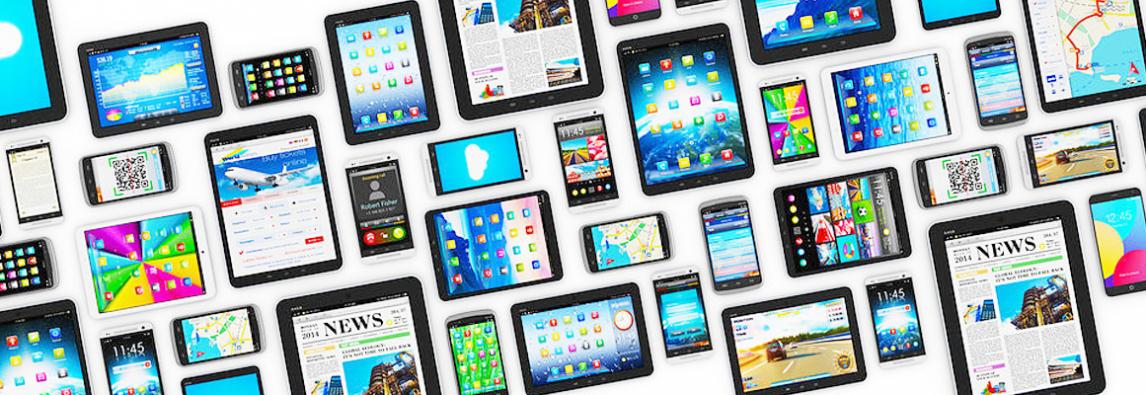
Digital Technology: Creativity
In the early twentieth century, studies in the field of education were suggesting that digital technology was offering the potential for young people to learn creatively in subjects that had otherwise not been associated with imaginative thinking. An Australian study found that children of primary age were skilled computer users, and could adapt to conceptually difficult challenges through technology.
Now, this young generation, perhaps better placed than any before them to investigate creative principles through digital technology, are moving through higher education and preparing for the world of employment, which moves the focus of the investigation along the educational chain.
In the summer of 2010, a report from the Council for Industry and Higher Education in the UK recommended that creative digital technologies should become a priority for UK universities, with the need to cultivate business opportunities in this expanding sector. It recommended that the UK should seek to prioritise digital technologies alongside the identified ‘Stem’ subjects, including maths and science, and invest in them accordingly.
Industry feedback suggested that digital industries require an interdisciplinary cross between scientific or engineering based subjects with artistic subjects. Such a combination requires a different academic approach and different funding mechanisms.
One year on, this fusion of the technological and artistic fields continues to emerge in practice as Intel have commissioned science fiction authors to create potential uses of the firm’s digital technology. ‘The Tomorrow Project’ has been designed to capture public imagination, and benefits from the predictive powers of creative specialists.
Through our collaborations and alliances, Eurocal Group benefits from the creative and academic potential from institutions across Poland and in the UK. We are keen to align ourselves with cutting edge research and development, but also with creative and cultural heritage.
As a solutions provider, it is our job to think creatively about digital technology and then establish the ideas in practice.


